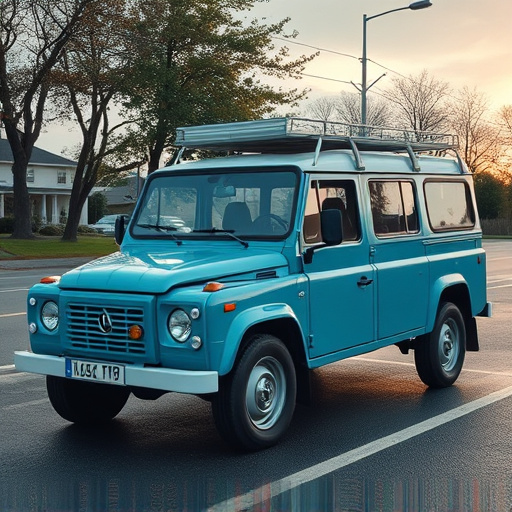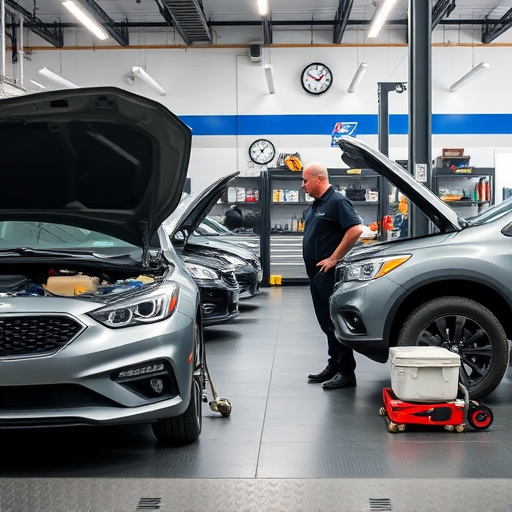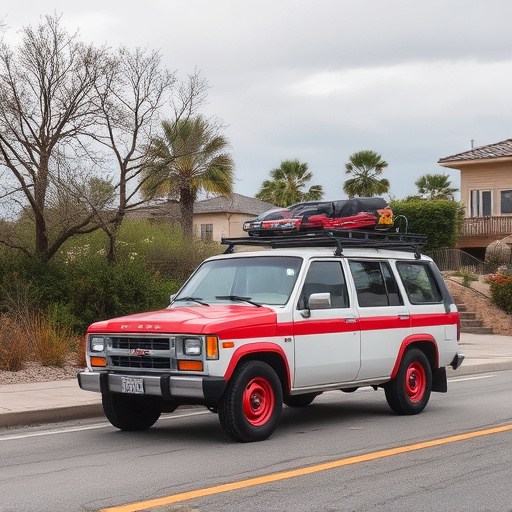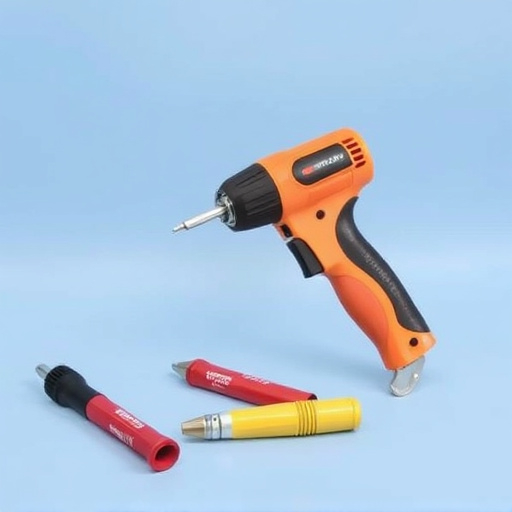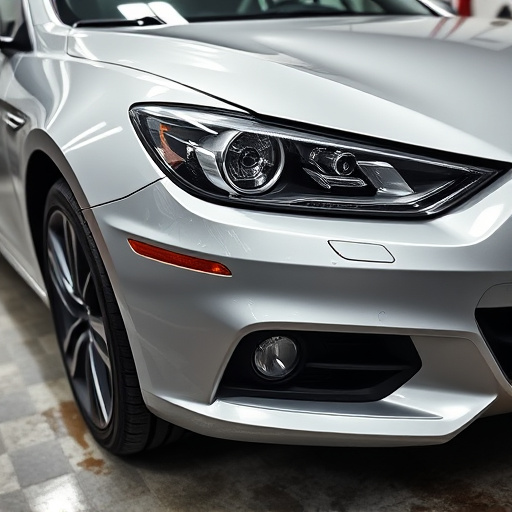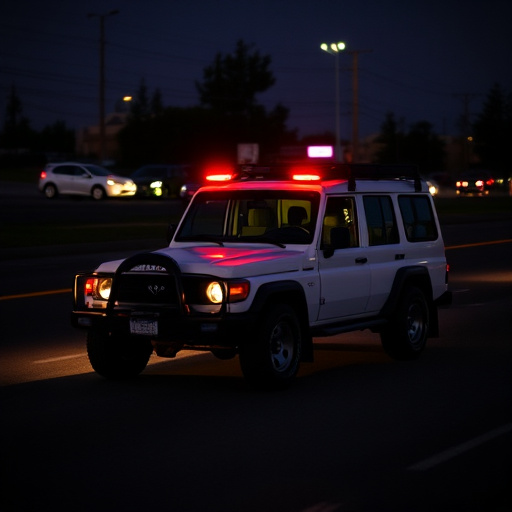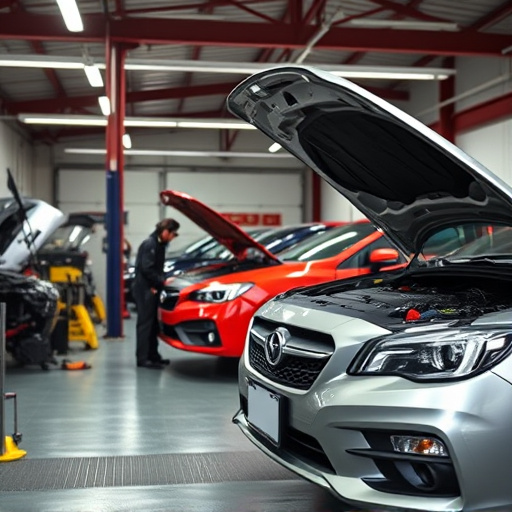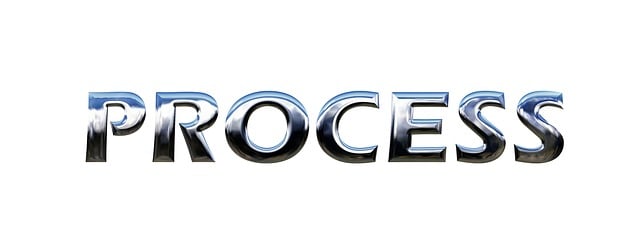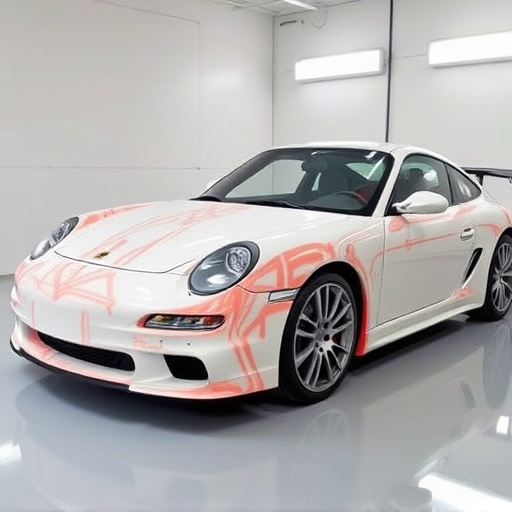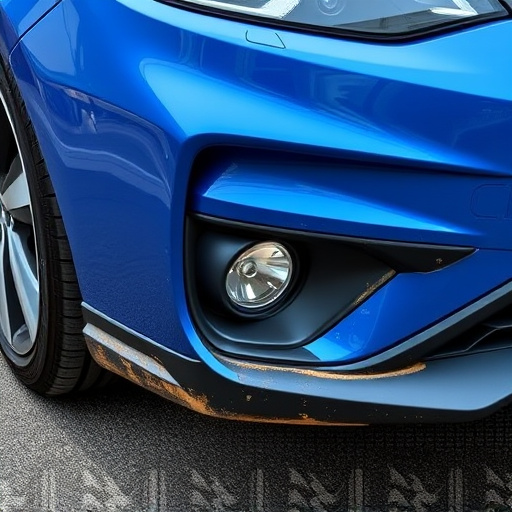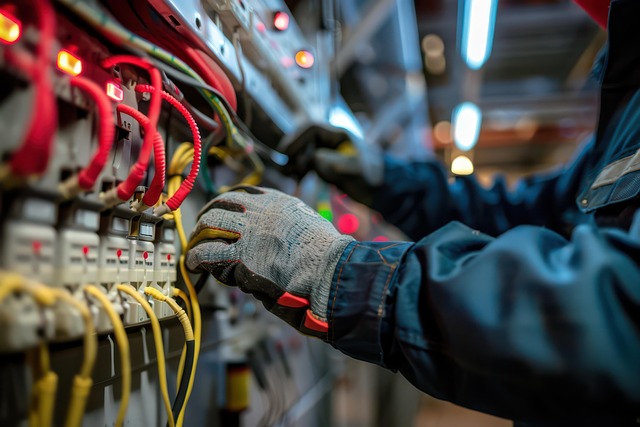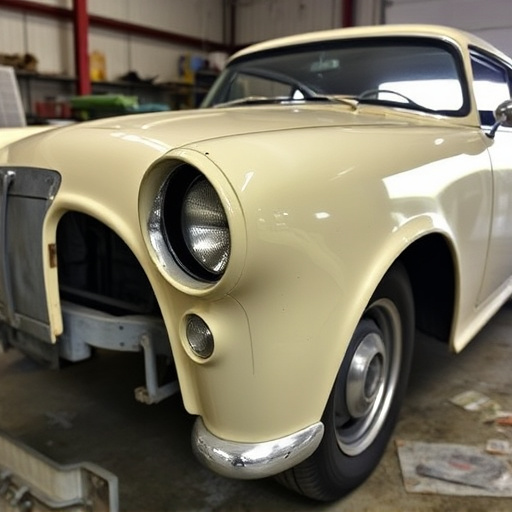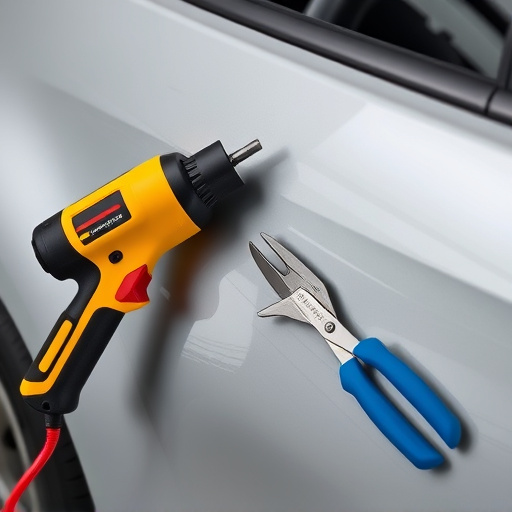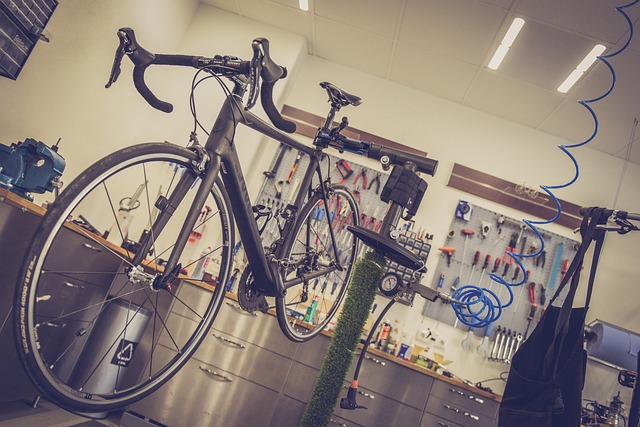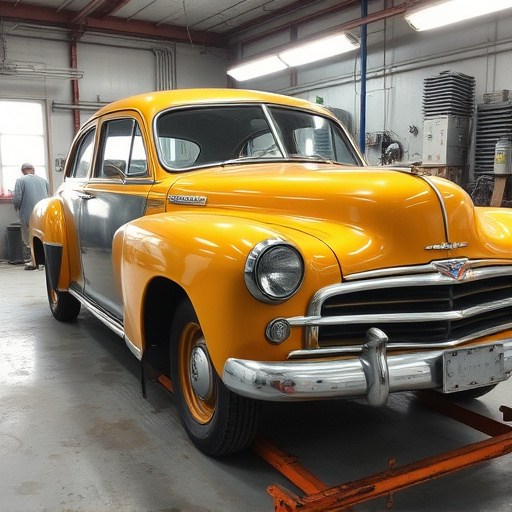Waterborne paint systems are favored in automotive restoration for their eco-friendliness and performance advantages. Achieving exact OEM color matches is challenging due to diverse shades and formulations, requiring advanced technical knowledge, software analysis, meticulous surface preparation, and custom formulations. Auto body shops use specialized tools and techniques to deliver superior waterborne paint system repairs while preserving the vehicle's aesthetic integrity.
Waterborne paint systems are gaining popularity in industrial applications due to their environmental benefits and improved performance. However, achieving precise color matching with Original Equipment Manufacturer (OEM) colors presents a significant challenge. This article delves into understanding these systems, explores the complexities of color compatibility, and offers strategies to ensure accurate OEM color replication. By implementing these methods, manufacturers can streamline production, maintain quality standards, and cater to diverse aesthetic demands.
- Understanding Waterborne Paint Systems
- The Challenge of Color Compatibility
- Strategies for Ensuring OEM Color Matching
Understanding Waterborne Paint Systems
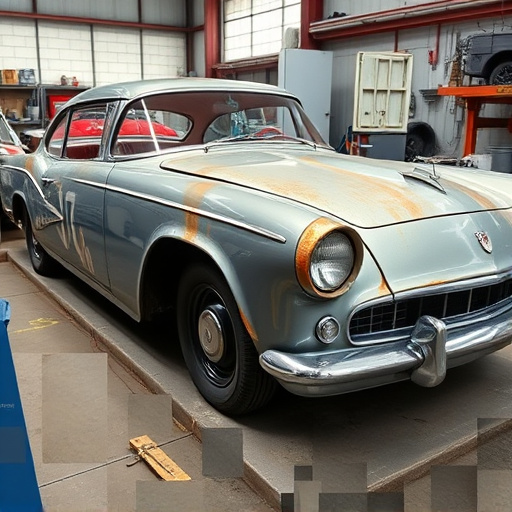
Waterborne paint systems have gained significant traction in the automotive industry for their environmental friendliness and superior performance. Unlike traditional solvent-based paints, waterborne options use water as a carrier instead of toxic solvents, reducing volatile organic compounds (VOCs) and minimizing environmental impact during application and drying. This shift towards more sustainable practices is not just beneficial for the planet but also for vehicle owners, as these systems often offer improved durability and faster drying times compared to their predecessors.
In the context of autobody repairs and vehicle body repair, understanding waterborne paint systems is crucial. Their compatibility with OEM (Original Equipment Manufacturer) colors ensures that restored vehicles maintain their original aesthetic appeal. Moreover, the precision required in applying these paints, especially during car scratch repair, demands advanced techniques and equipment to achieve a seamless finish that matches the exact shade and texture of the OEM paint job.
The Challenge of Color Compatibility
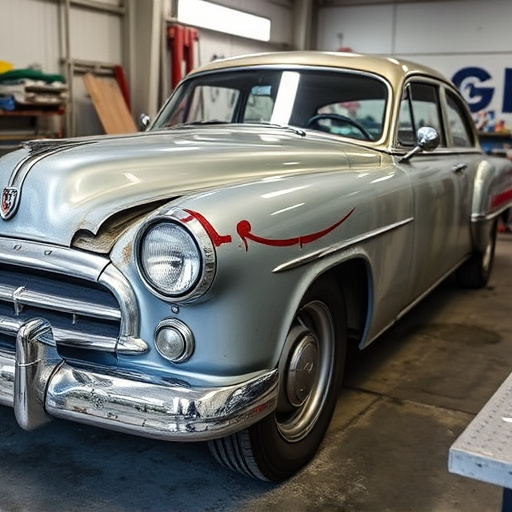
Ensuring color compatibility between waterborne paint systems and original equipment manufacturer (OEM) colors is a significant challenge in the automotive industry, particularly for those offering car restoration and auto repair services. Waterborne paints have gained popularity due to their environmental benefits, but achieving exact matches with OEM colors can be intricate. This complexity arises from the vast number of color shades available and the unique formulations used by different manufacturers.
When attempting to replicate OEM colors in car restoration or auto body services, professionals must consider factors like pigment composition, resin types, and even atmospheric conditions during application. The goal is to match not just the visual appearance but also the performance characteristics, ensuring that the waterborne paint system adheres well, cures properly, and exhibits the same durability as the original OEM finish. This meticulous process demands advanced technical knowledge and often involves custom formulations tailored to specific vehicle models and colors.
Strategies for Ensuring OEM Color Matching
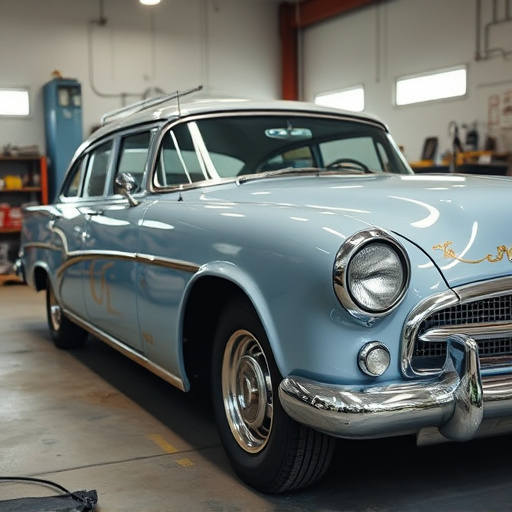
Achieving precise OEM color matching with waterborne paint systems requires a meticulous approach. Auto body shops must employ strategies that ensure the compatibility and accuracy of colors across different vehicle models and years. One key strategy involves utilizing advanced color-matching software, which analyzes the original car paint composition to create a formula that matches perfectly. This digital precision is crucial for achieving consistent results in modern automotive painting.
Additionally, proper surface preparation is essential. Auto maintenance experts should thoroughly clean and decontaminate the damaged area to remove any contaminants or coatings that could interfere with the new paint’s adherence. This includes using specialized primers designed for waterborne systems, which act as a bridge between the repair area and the final coat, ensuring a seamless finish. By combining these techniques, auto body shops can deliver superior car paint repair results, maintaining the vehicle’s original aesthetic appeal.
Waterborne paint systems, with their environmental benefits, present unique challenges when it comes to color matching original equipment manufacturer (OEM) colors. By understanding these systems and employing strategies to ensure compatibility, manufacturers can achieve precise color replication without compromising sustainability. This approach not only meets consumer expectations but also contributes to a greener production process, making waterborne paint systems a viable and desirable choice for the future of manufacturing.
